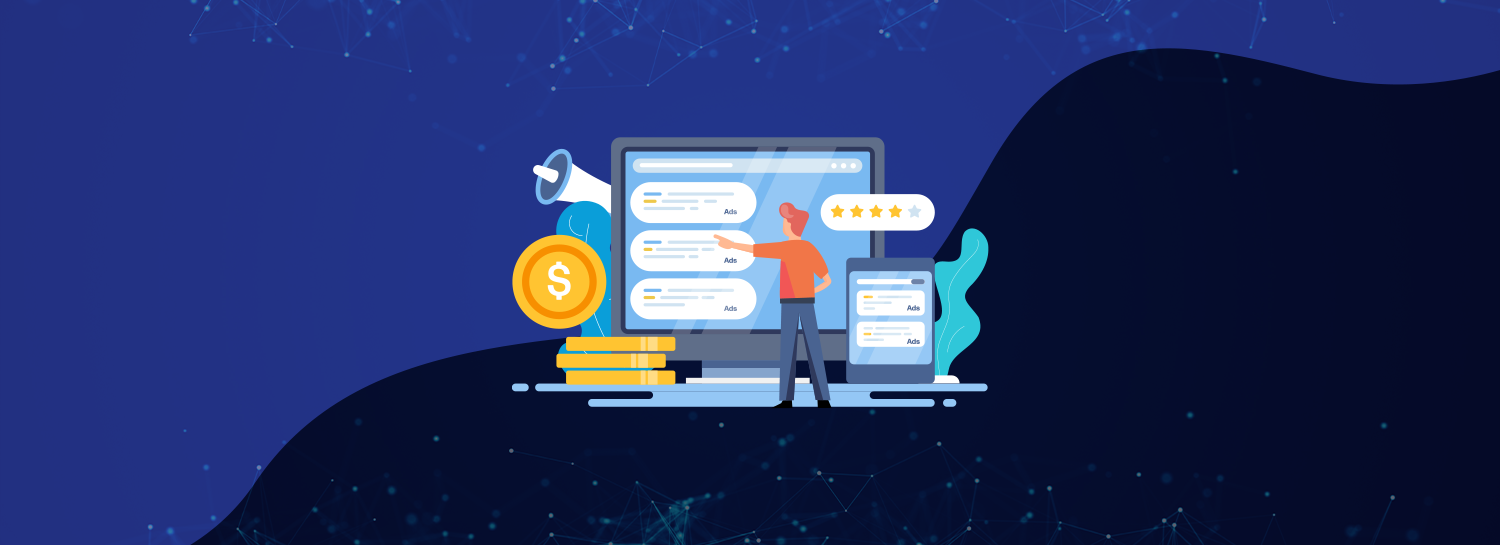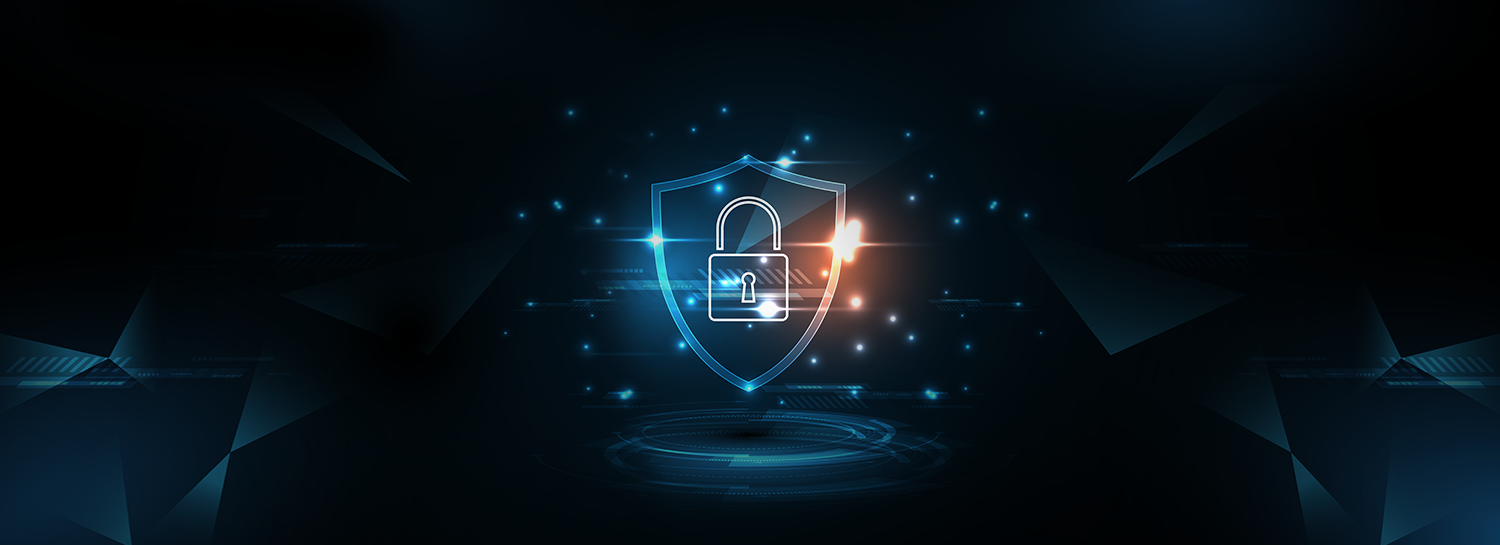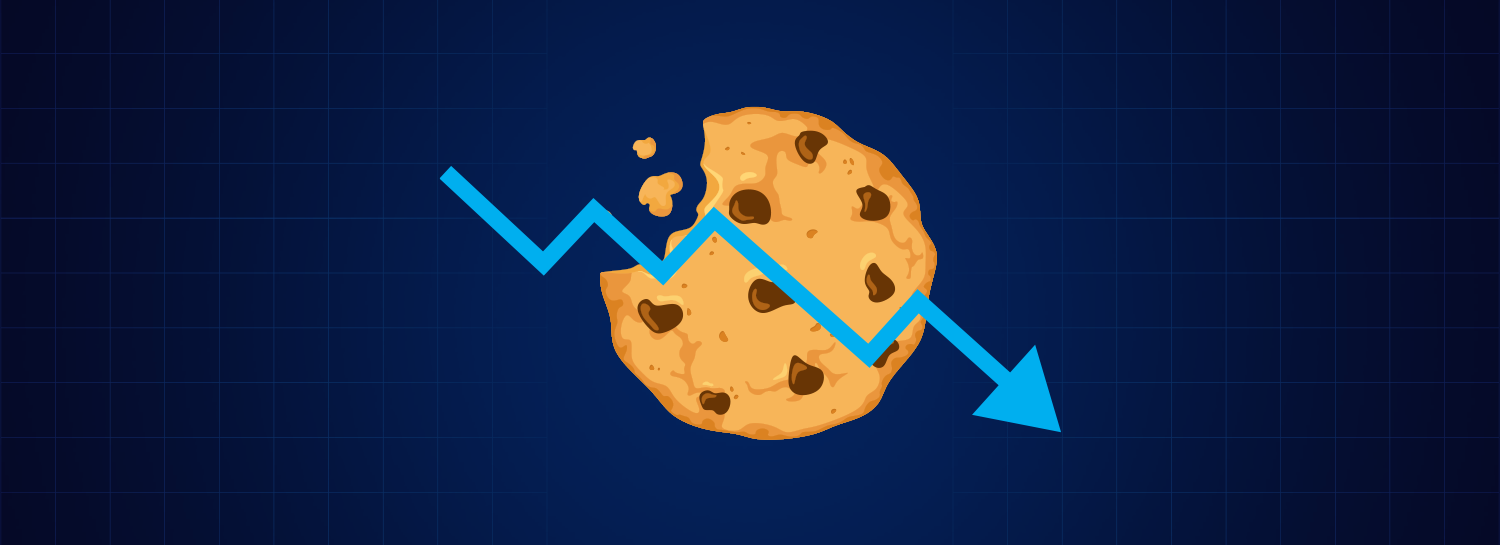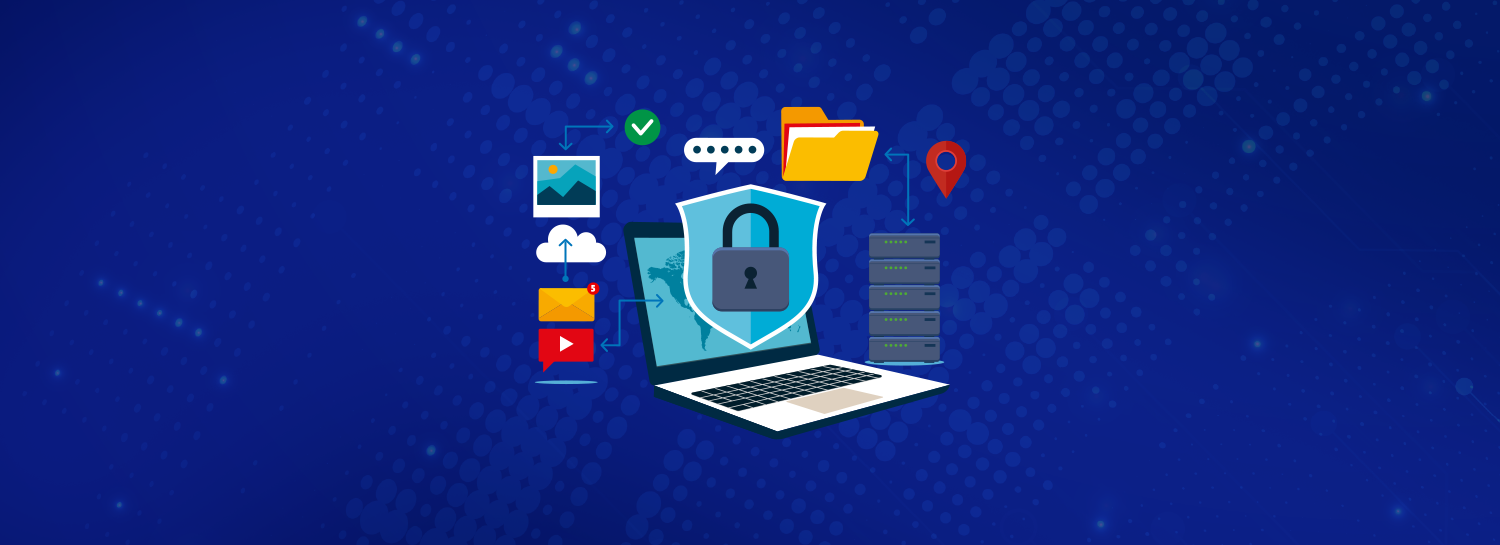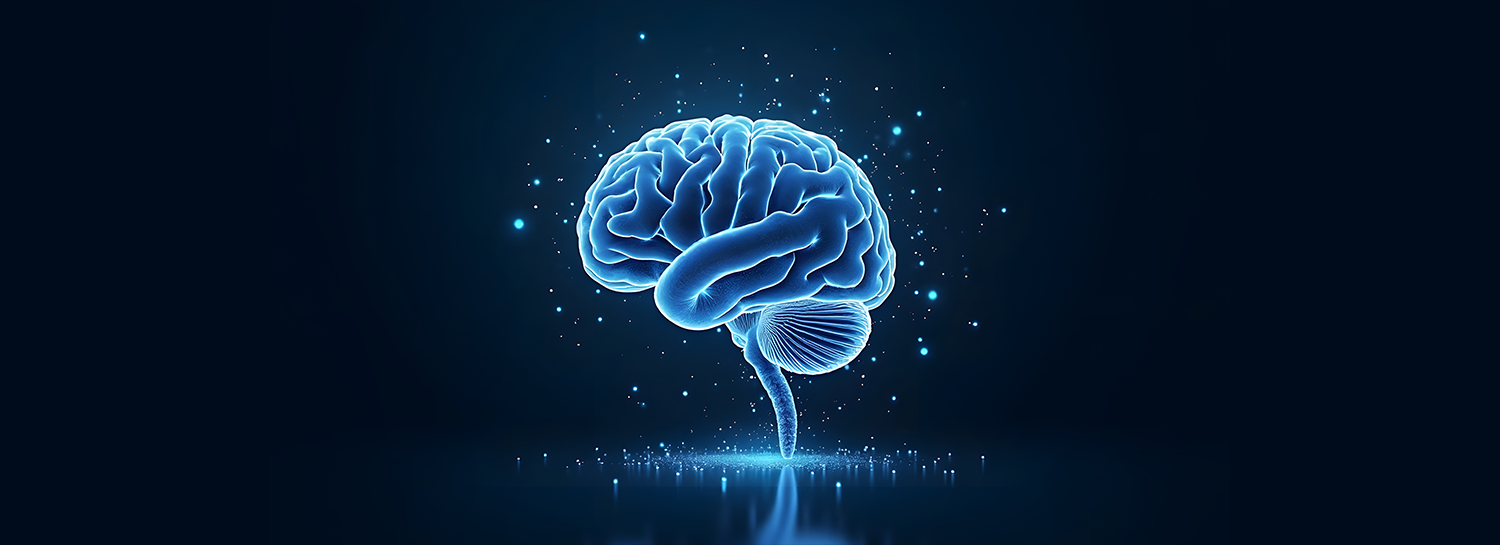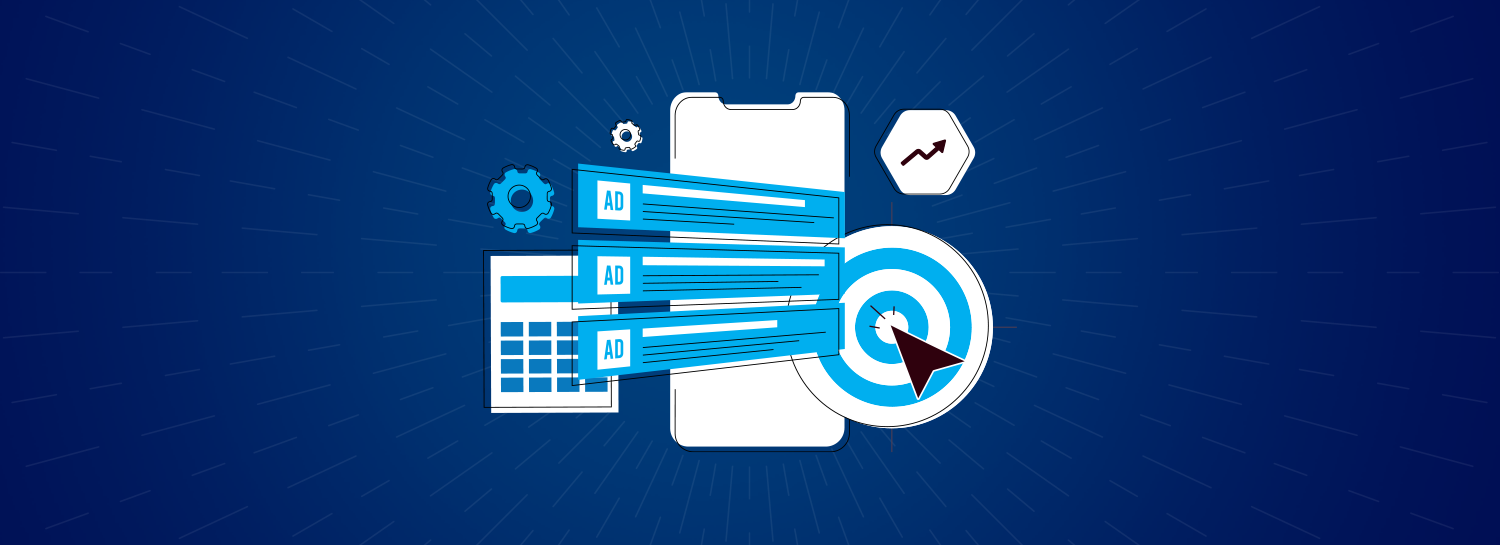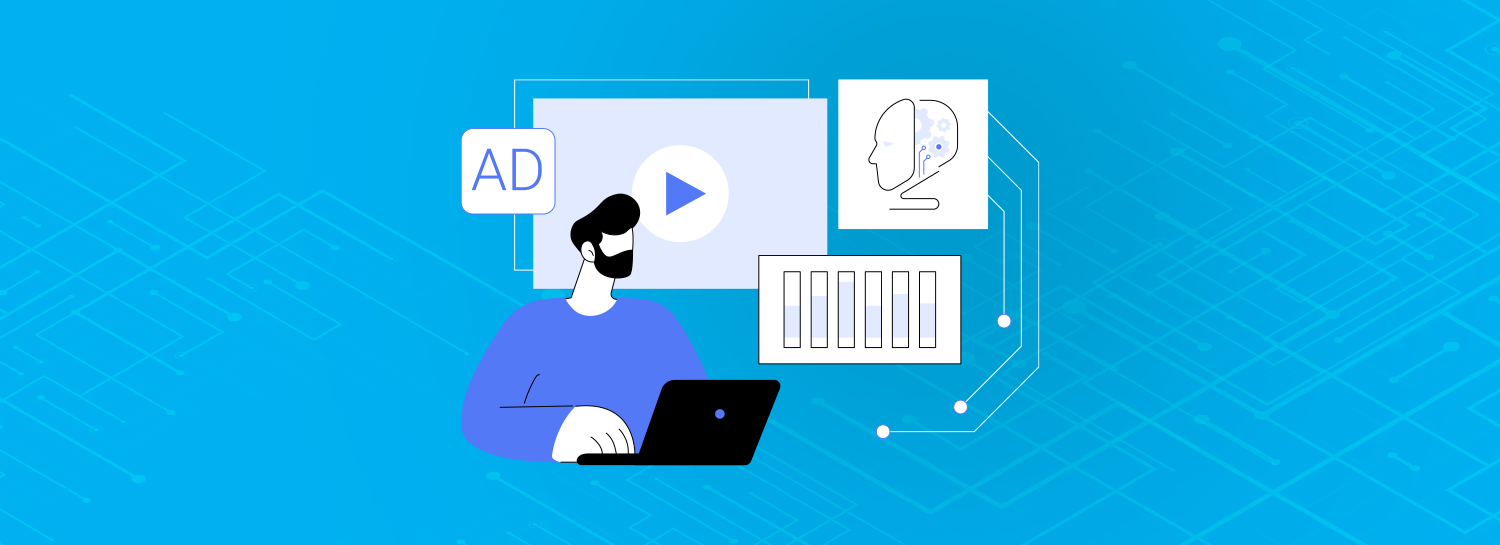Planning for 2022
Right about now, many organizations are tweaking their 2022 business plans, looking for opportunities to lower costs without sacrificing revenue. In executive suites the world over, leaders are looking for ways to lower costs and reallocate resources in a way that supports revenue facing account management, sales and partnership resourcing requirements.
It’s natural to assume that in-housing your digital ad campaigns is the best way to lower costs, and build expertise among your ranks. The IAB reported last year that 69% of brands have brought some or all of their programmatic campaigns in-house, although not all have in-housed their complete operations.
If your company is a publisher, agency, brand or tech platform, you may be wondering whether outsourcing generates enough cost savings to meaningfully reallocate to account management sales and partnership efforts. The answer depends on your unique circumstances. Here are three factors to consider.
Labor cost
First, organizations need to consider their “recruitment costs”, which in 2021, according to HR associations, costs around $4,000 and takes about 42 days. Once the new hire arrives you’ll need to spend time and money training the employee on your systems. In some instances, training will require certification from a third-party, which means it may take several months before an employee is fully up to speed and contributing.
Ongoing salaries are another factor to consider. Employee salaries, per the US Bureau of Labor Statistics, represent 61.7% of an employer’s cost. In addition to salaries, US companies must pay specific employer taxes for their employees (e.g. Social Security, workers compensations), which, per the US Bureau of Labor Statistics, cost an average of $20.50 per hour per employee. On top of that, there are employee benefits, (which, on a $70,000 salary can run more than $17,000. (Source: BeeBole), hardware and software costs, communications costs, office costs, etc. An employee supporting ad operations work who is paid $70,000 salary actually cost their employer in the $125,000 – $145,000.
There are other soft costs that are harder to calculate. Lost Opportunity Cost comes to mind, that’s the cost to the organization when people who are customer acquisition or existing customer growth facing spend a portion of their time doing routine, repeatable tasks like testing creatives, chasing creatives, setting up a campaign, reviewing campaign results on a daily basis.
Talent shortage in the Great Resignation
The Great Resignation is real, not a figment of your imagination. Beginning in April 2021, 11.5 million American workers quit their jobs. Of those still working, 48% told Gallop that they’re actively looking for other work.
The marketing and advertising sector has not been spared. A survey of 423 marketers and agency employees found that 63% plan to change jobs or careers this year, 40% demand flexible hours, and 100% – every single respondent! – said they would not consider a job that didn’t offer the option to work from home.
Tempting talent to your ranks is getting more expensive. It’s an employee market, and brands across the world find they need to pay more to entice people to work for them.
Retaining talent, especially those with the highest skillsets, is just as challenging There is nothing more upsetting then watching your top talent walk out the door, after all the efforts in recruitment, training, etc.
You can pay steep recruitment costs, and pay to train new hires, provide the latest and greatest employee benefits but there is more than a slim risk that they’ll be open to new opportunities that may arise. Employee poaching is here and on the rise.
Continuity
Continuity is the final consideration and it’s an urgent one, due to the above mentioned Great Resignation. You can have a stellar employee executing and optimizing your campaigns, but what happens if he or she resigns or retires? Not only will your campaigns be interrupted while you recruit, hire and train a replacement, but you’ll lose the “institutional” knowledge of that employee. As the employee manages campaigns, he or she garners detailed knowledge of which channel works best with which type of product, as well as strategies for getting the best price for media. It can take years to recover that kind of insight.
Outsourcing partners, on the hand, are all about continuity; it’s our raison d’etre, so to speak. We put processes in place to document all knowledge gained with every campaign, so that there are never any interruptions of continuity.
Which option is right for your company? Get in touch and we’ll be happy to discuss with your further.

